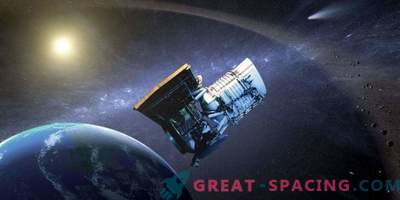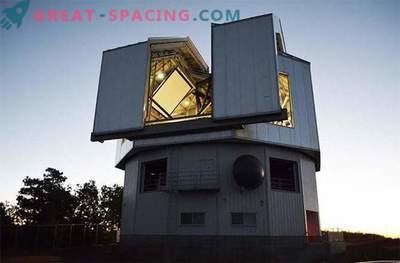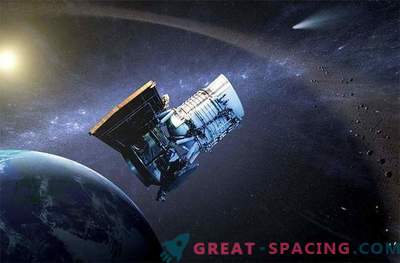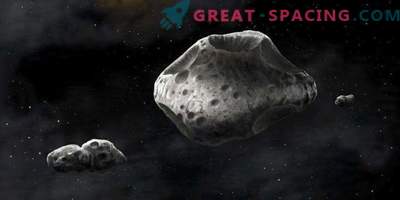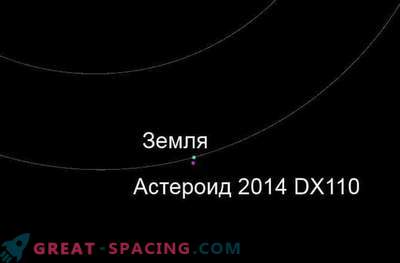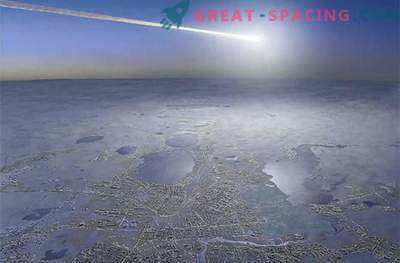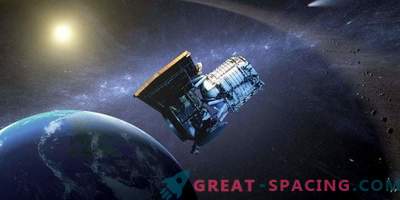
Asteroids or comets, whose orbits bring them close to the Earth, are called near-Earth objects. Some of them are very old and have their origins since the creation of the solar system about 4.5 billion years ago. They are very interesting for scientists studying the young solar system. Others, which were formed for various reasons much later, are less interesting from a scientific point of view. However, they contain minerals and are valuable, above all, economically.
NASA announced its interest in sending a manned expedition to similar near-Earth objects. The Asteroid Robotic Retrieval Mission includes capturing an asteroid and transporting it to a new orbit in a so-called trap in the Earth-Moon system. After moving, the asteroid will already be explored directly by astronauts. The size of the object for research in accordance with the initial parameters of the project should be up to a maximum of ten meters.
Thus, the object NEO 2009BD became a candidate for this mission. It was discovered on January 16, 2009 at a distance of 1.2 million kilometers. Its orbit is almost identical to that of the Earth. NEO 2009BD performs a complete revolution around the Sun in 400 days.
By 2022, the NEO 2009BD will come very close to the Earth-Moon system. At this moment his capture should be carried out.
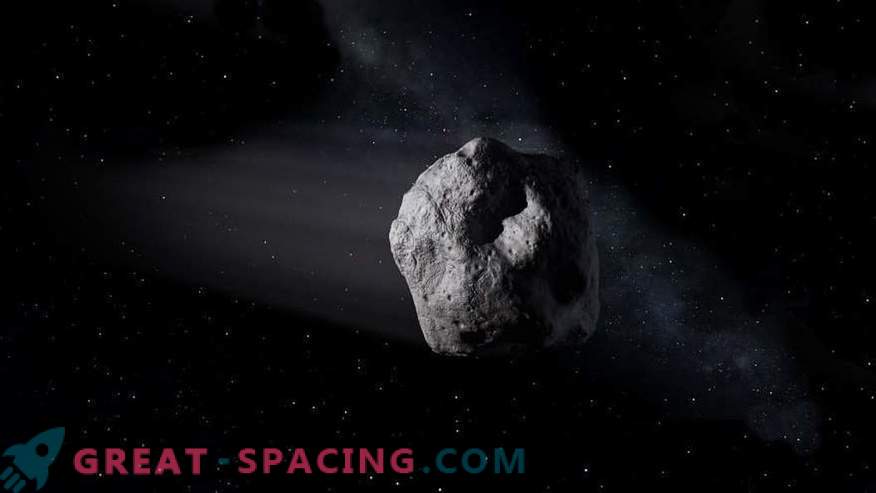
Given the time frame, he is an ideal candidate, allowing NASA to plan the mission thoroughly.
The problem is that NASA does not know the exact dimensions of the NEO 2009BD. Also remain unknown its density and composition. Uncertainty arose because NEO 2009BD was detected in the optical range. That is, on the basis of the reflected light, which is a combination of the size and reflectivity of the object (albedo) and the size of the asteroid was determined. In order for this mission to be successful, NASA needs to measure the size of the object as soon as possible in the shortest possible time. This is due to the fact that the distance to NEO 2009BD will increase, which will make such measurements impossible. Astronomers from the Harvard-Smithsonian Center for Astrophysics (CFA) Joe Hora, Howard Smith and Giovanni Fazio using the IRAC infrared camera from the Spitzer orbiting telescope instrumentation kit, measuring the infrared radiation of objects in near-Earth space and using computer simulations, are able to determine their size and density.
They were given the time of the observatory to study the NEO 2009BD and they did not find the NEO 2009BD due to the very low level of illumination, implying that this is a very small object, probably only about 2, 9 meters in diameter. Also, the data from the simulation of the composition of the asteroid showed that its composition may be similar to the composition of a pile of ordinary rubble.
Up to this point, the Spitzer orbital telescope has not yet studied such small objects. The final conclusion on whether NEO 2009BD is suitable for the mission should be made by NASA search team.

